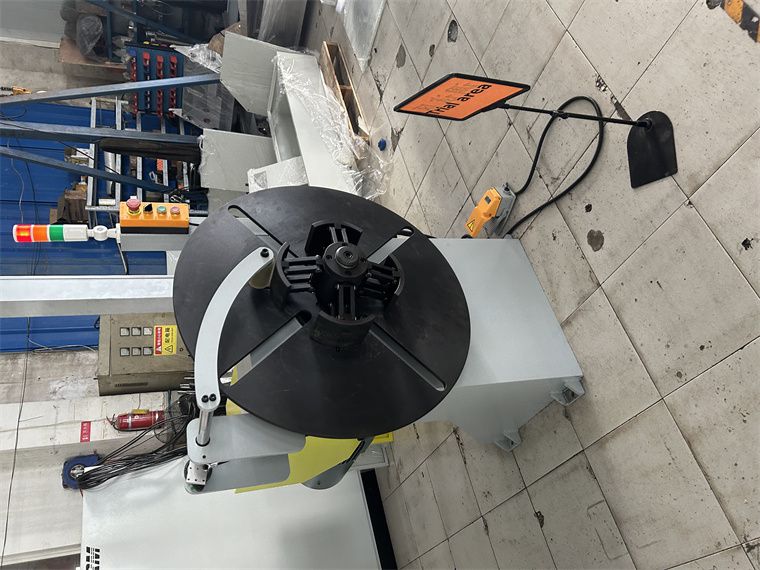High Quality and Flat Wire for Stainless Steel Wire Making
Addtime:2024-10-18View:990
High Quality and Flat Wire for Stainless Steel Wire Making
In modern industries, high-quality stainless steel wire plays a crucial role, especially in the production of stainless steel wire mesh. This article will delve into the themes of "high quality" and "flat wire for stainless steel wire making," emphasizing their significance in manufacturing processes and applications.

What is Stainless Steel Wire Mesh?
Stainless steel wire mesh is a material made from stainless steel wire, widely used in applications such as construction, filtration, and security. It is renowned for its corrosion resistance, strength, and durability, making it an ideal choice for various industries. Typically, stainless steel wire mesh is made from wires that have a diameter ranging from 0.2 mm to several millimeters, depending on the specific application requirements. The mesh's properties can vary based on the weave pattern and wire thickness, allowing for diverse applications from filtering liquids to providing structural support.
The Importance of High Quality
When producing stainless steel wire, quality is paramount. High-quality materials ensure that the wire maintains its integrity under stress, prevents breakage, and enhances the overall performance of the finished product. Factors contributing to high quality include the type of stainless steel used, manufacturing processes, and quality control measures. For example, AISI 304 and AISI 316 are two common grades of stainless steel known for their excellent corrosion resistance and mechanical properties. AISI 316 is particularly favored in marine environments due to its enhanced resistance to chlorides.
Flat Wire and Its Applications
Flat wire, specifically stainless steel flat wire, has distinct advantages in various applications. Its flat profile allows for better packing density, making it ideal for uses such as ribbon wire, springs, and specialized fasteners. Additionally, stainless steel flat wire is often produced to customer specifications, ensuring that it meets specific dimensional and performance criteria.
For instance, industries such as automotive, aerospace, and medical devices often require customized stainless steel flat wire solutions. The versatility of flat wire extends to applications that include architectural frameworks, filtration systems, and even decorative elements. Flat wire can be used in high-stress environments where traditional round wire may not perform adequately.
Manufacturing Process
The process of making high-quality flat wire from stainless steel involves several steps, including melting, casting, and drawing. During the melting process, high-quality raw materials are carefully selected to produce an alloy that meets the desired specifications. This is followed by casting, where the molten steel is poured into molds to create billets. Finally, the billets are drawn into flat wire through a series of dies, with each pass reducing the thickness and increasing the length.
Data shows that the tensile strength of high-quality stainless steel flat wire can reach up to 800 MPa, depending on the grade and treatment. This strength is crucial in applications where safety and reliability are non-negotiable. Furthermore, the flexibility of stainless steel flat wire allows for intricate designs and applications where precision is essential.
Quality Control and Testing
To ensure the final product meets industry standards, rigorous quality control measures are implemented throughout the manufacturing process. Testing methods such as tensile strength tests, dimensional checks, and surface quality inspections are employed to verify that the flat wire meets customer specifications. Non-destructive testing techniques may also be used to assess the integrity of the wire without compromising its structure.
An important aspect of quality control is the monitoring of the production environment. Contaminants and variations in temperature can adversely affect the quality of the wire, so maintaining optimal conditions is essential. Additionally, adherence to industry standards such as ISO 9001 ensures a consistent level of quality across production batches.
Customer Specifications
One of the key factors in producing high-quality stainless steel flat wire is the ability to meet customer specifications. Each industry may have unique requirements in terms of wire thickness, width, and tensile strength. Collaborating closely with customers to understand their needs allows manufacturers to tailor their products effectively. This level of customization not only enhances customer satisfaction but also establishes long-term partnerships.
Conclusion
In summary, the combination of high quality and flat wire for stainless steel wire making is essential in producing reliable and effective products for various applications. The significance of stainless steel wire mesh in industries cannot be overstated, as it serves fundamental roles in numerous applications. As technology advances, the demand for high-quality stainless steel flat wire will continue to grow, driving innovation and improving manufacturing processes. By understanding the importance of these elements, manufacturers can better meet the needs of their customers and maintain a competitive edge in the market.
Ultimately, investing in high-quality materials and processes ensures that stainless steel wire products can withstand the rigors of their applications, offering performance and reliability in every use case.
How Else Can We Help You?
Square And Triangle Wire Rolling Machine
New Flat And Profile Wire Rolling Mill Machine Production Line
Contact Us Today
Email:sales@precision-rolls.com
Mobile/Whatsapp:+86 13861313954

